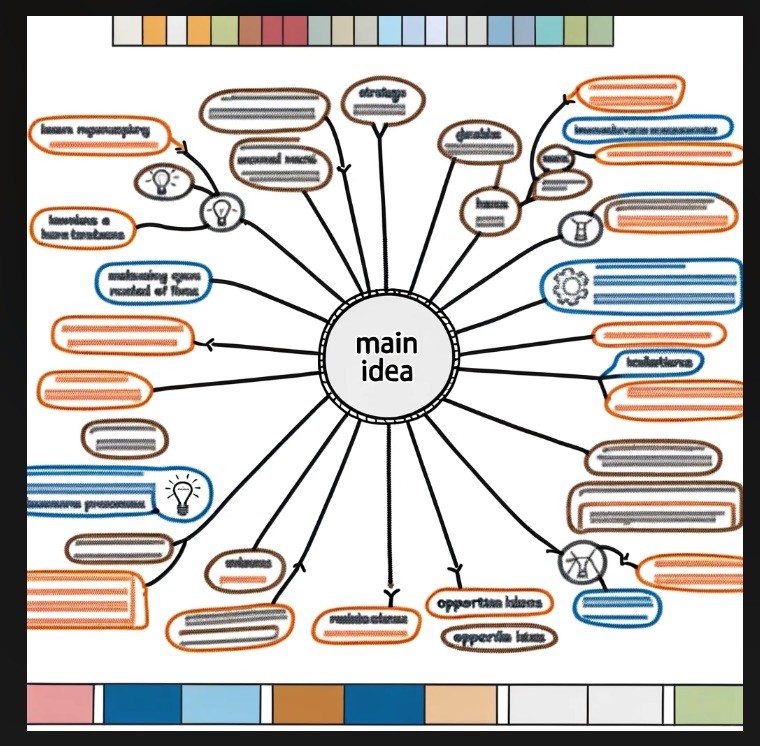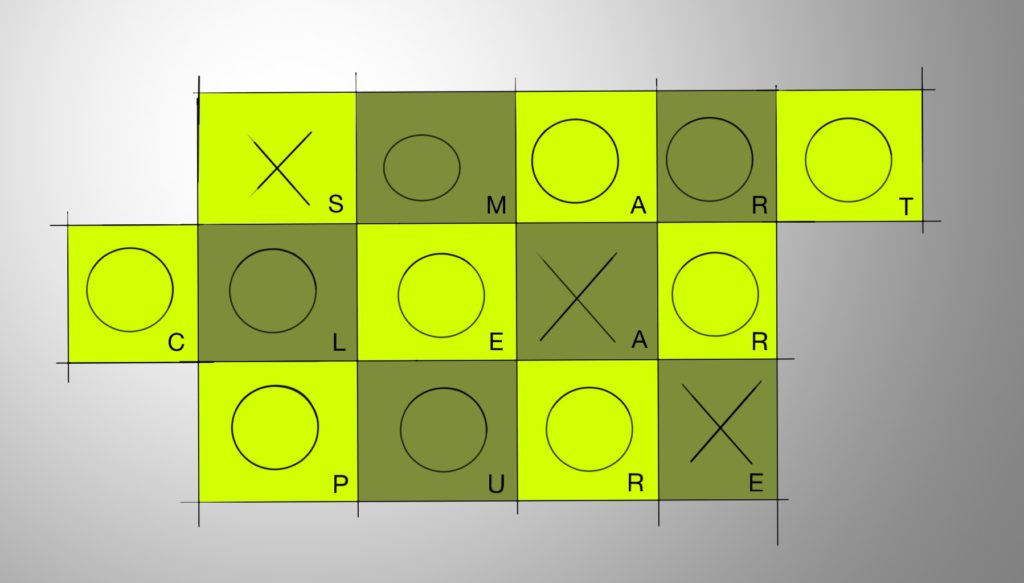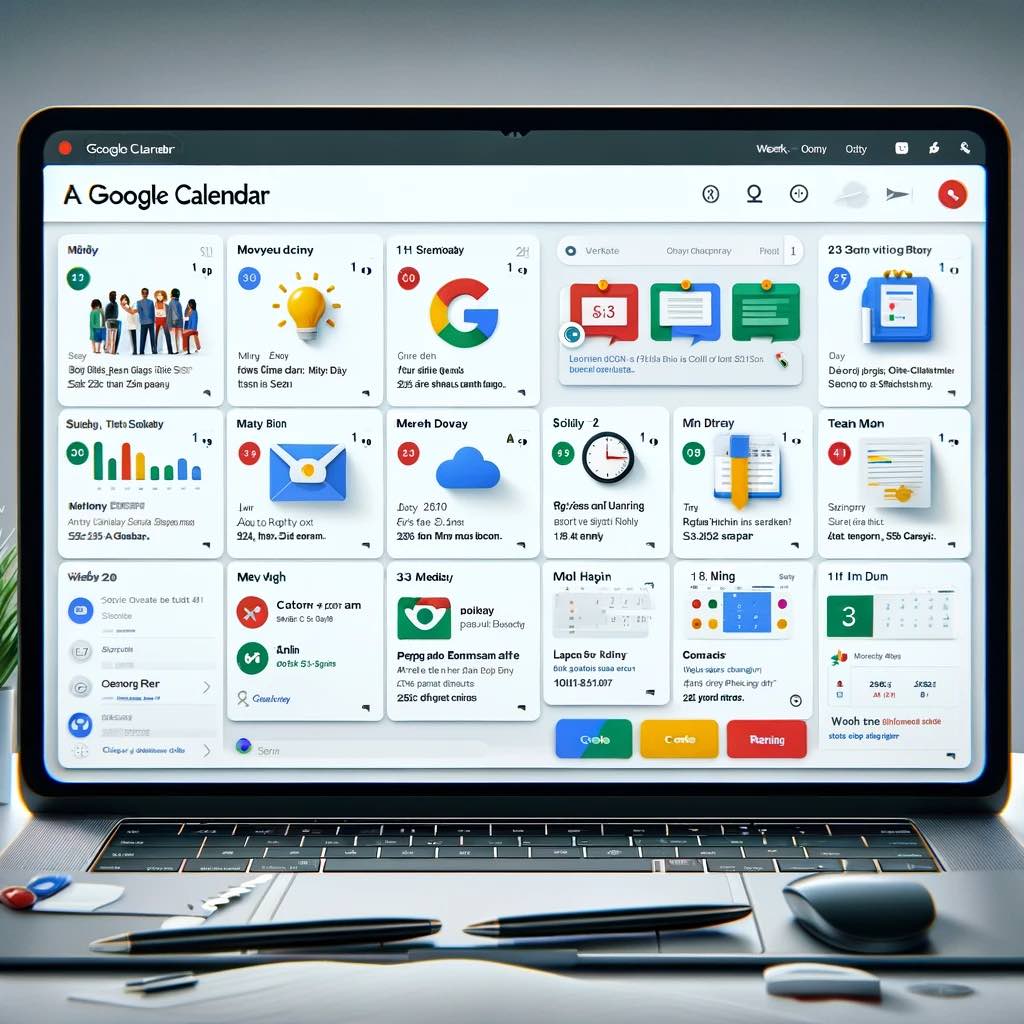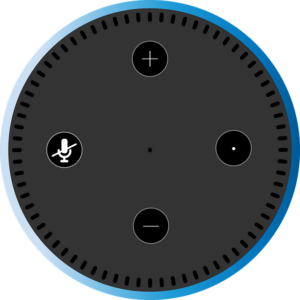
Effective brainstorming is crucial for generating innovative ideas and solutions. Here are some tips for a successful brainstorming session:
- Define the Problem Clearly: Start with a clear, concise statement of the problem or goal to keep the session focused.
- Foster an Open Environment: Encourage participation from all members, ensuring a judgment-free zone where creativity thrives.
- Use Diverse Methods: Incorporate different brainstorming techniques like mind mapping, SWOT analysis, or the 6-3-5 method to stimulate creativity.
- Build on Ideas: Encourage participants to build on each other’s ideas, promoting collaboration and innovation.
- Capture Everything: Document all ideas, no matter how outlandish, for future reference and evaluation.








